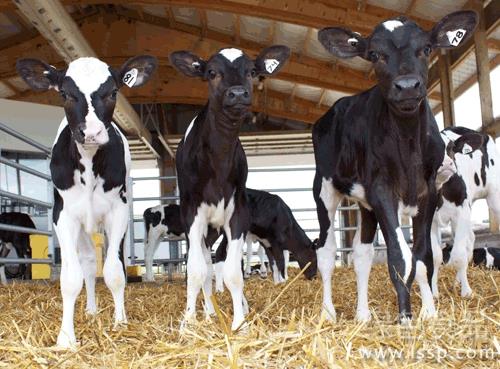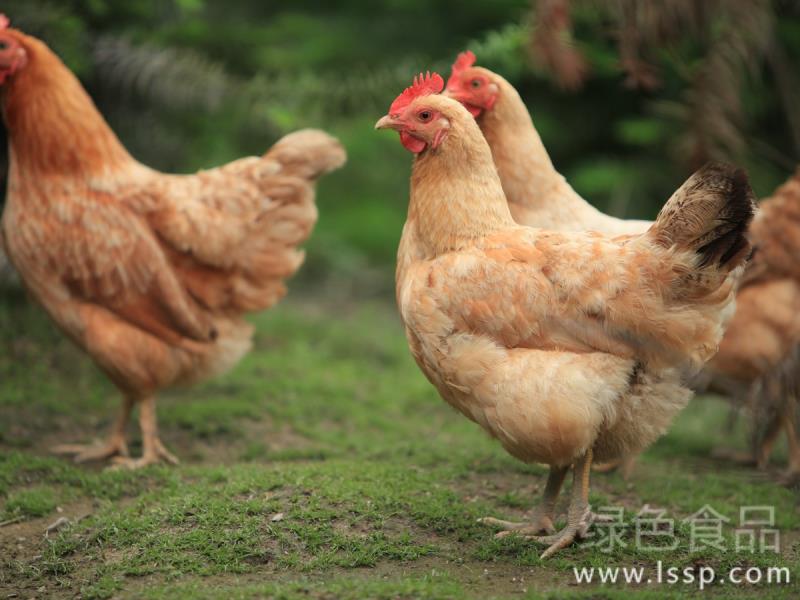Management relationship of breeding Pigeon Management techniques of growing Pigeon breeding
Young pigeons at the age of 5 months can begin to pair, and at the age of 6 months, they have become sexually mature, and most of the pigeon's main wing feathers are replaced to the last one, which is basically transferred to the breeding period.

Breeding pigeon
First, prepare before laying: the breeding pigeon begins to lay eggs 8-10 days after pairing. If there are conditions at this time, you should raise them in a cage (or transfer to a pigeon house with egg nests) and prepare a laying nest with a layer of linen cloth to prevent the eggs from breaking. Check the pigeon house for loopholes to prevent the interference of cats, dogs, snakes and rats, avoid being attacked by ventilation and rain leakage, and cause losses.
Second, the management before laying eggs: 1. After laying eggs, check whether there are abnormal eggs and broken eggs in time, and take them out in time when found. Always observe whether the egg nests of newly born pigeons are fixed and whether the two kinds of pigeons are concentrated at the central bottom of the egg nests. 2. Observe whether the new mate of the pigeon is harmonious and whether they often jump around and peck at each other, resulting in trampling on the eggs. Care for large pigeons should be especially careful not to crush eggs, but also to prevent breeding pigeons with malnutrition or bulimia from pecking at eggs. 3. Take care of the eggs on time, deal with the bad eggs in time, and take out the azoospermic eggs, dead sperm eggs and dead embryo eggs in time, so as to prevent the eggs from smelling and affect the health of the normal breeding eggs and pigeons. When unfertilized eggs and dead embryos are found, the cause should be found out and the management system should be improved.
Third, merge pigeon eggs at the same time to hatch in pairs: for those who lay one pigeon egg or one egg left in two times, they should be merged and hatched in pairs to improve productivity.
Keep the egg nest warm and clean: prepare the double egg nest and pay attention to the heat preservation after the baby pigeon is born. Often change linen cloth (hay), often wash feces, keep clean and hygienic. When the young pigeon is 12 days old, it should put a spare egg nest, so the breeding pigeon begins to lay the second nest of eggs in about 15 days, and the breeding pigeon undertakes breastfeeding and hatching at the same time. At this stage, it is more careful to feed the pigeon, increase the nutrition and increase the feeding times to ensure that the breeding pigeon completes the dual task.
Registration records: production records of pigeons are ready at any time to provide digital basis for breeding and management of pigeons in the future.
- Prev

How to prevent and cure umbilical cord inflammation in calves
How to prevent and cure umbilical cord inflammation in calves
- Next

How to raise free-range native chickens with low investment and low price in high mountain areas
How to raise free-range native chickens with low investment and low price in high mountain areas
Related
- On the eggshell is a badge full of pride. British Poultry Egg Market and Consumer observation
- British study: 72% of Britons are willing to buy native eggs raised by insects
- Guidelines for friendly egg production revised the increase of space in chicken sheds can not be forced to change feathers and lay eggs.
- Risk of delay in customs clearance Australia suspends lobster exports to China
- Pig semen-the Vector of virus Transmission (4)
- Pig semen-the Vector of virus Transmission (3)
- Five common causes of difficult control of classical swine fever in clinic and their countermeasures
- Foot-and-mouth disease is the most effective way to prevent it!
- PED is the number one killer of piglets and has to be guarded against in autumn and winter.
- What is "yellow fat pig"? Have you ever heard the pig collector talk about "yellow fat pig"?

